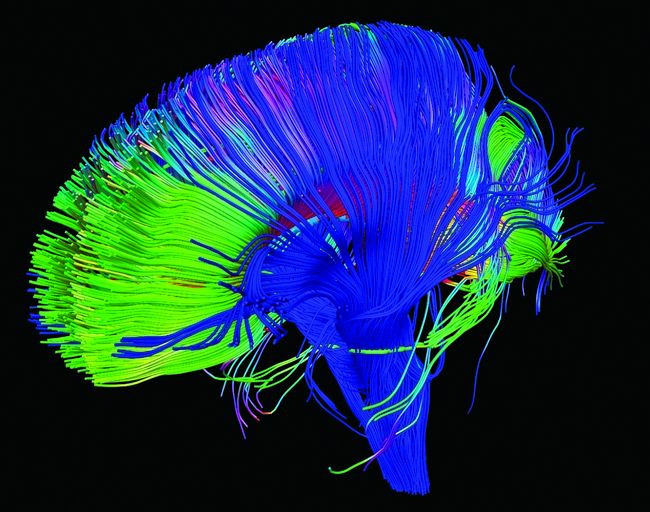Cognitive Behavioral Therapy For Social Anxiety Disorder May Alter Brain Activity, Volume

Social anxiety disorder (SAD) is one of the most common mental illnesses in the world, and yet health care professionals struggle to find a universal form of effective treatment. But according to new research published in Translational Psychiatry, a Nature publication, professionals may be on the right track with cognitive behavioral therapy (CBT).
Prior research suggests CBT can cause neurobiological changes in patients with anxiety disorder, with neuroimaging studies in animals and humans showing "multiple facets of plasticity [that manifest as] structural changes induced by environment, learning, behavior, and emotions." Swedish researchers decided to take this idea a step further by investigating the potential link between Internet-delivered CBT and brain volume and activity. Neurobiological changes are indicative of effective therapy, the researchers said.
Fifty-two participants were recruited for the study, 26 of which had a primary diagnosis of SAD. Participants with SAD were either treated with Internet-delivered CBT for nine weeks or Internet-delivered attention bias modification (ABM) twice a week for four weeks before undergoing magnetic resonance imaging (MRI). ABM "is a computer-assisted intervention aimed at improving a threat-detecting cognitive bias that characterizes SAD" that has shown slight promise in the past. Non-SAD participants were only given an MRI assessment.
Brain imaging data revealed participants with SAD responded more positively to Internet-based CBT than ABM, with the former treatment causing brain volume and activity in the amygdala to decrease. This particular brain region is often associated with fear and emotion.
Overall, researchers demonstrated using CBT to treat social anxiety "interrelated structural plasticity and altered neural responsivity within the amygdala."
"The greater the improvement we saw in patients, the smaller the size of their amygdala. The study also suggests that the reduction in volume drives the reduction in brain activity," said doctoral student Kristoffer NT Mansson in a press release. Mansson led the study, alongside Linkoping colleague Gerhard Andresson and researchers from the Karolinska Institutet, Uppsala University, Umea University, and Stockholm University.
Mansson said the study is unique in the sense that it investigates two different post-treatment changes: brain volume and brain activity. And even though the study does not look at many patients, Mansson said the study's findings provide "some important knowledge" regarding the relationship between CBT-induced neurobiological changes and social anxiety symptoms.
"Several studies have reported that certain areas of the brain differ between patients with and without anxiety disorders," Mansson said. "We’ve shown that the patients can improve in nine weeks — and that this leads to structural differences in their brains."
Researchers believe this is the first step in a larger venture toward creating better mental health treatment. Next, they plan to recruit more people with SAD in order to see if these neurobiological changes can be applied on a larger scale. And this time, researchers hope to be able to pinpoint when, exactly, brain volume and activity starts to change during online CBT.
Source: Mansson K, Salami A, Frick A, Carlbring P, Andersson G, Furmark T, et al. Neuroplasticity in response to cognitive behavior therapy for social anxiety disorder. Translational Psychiatry. 2016.



























